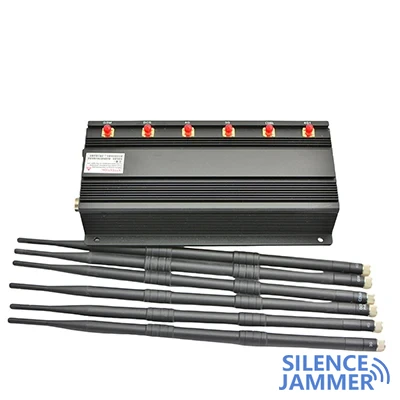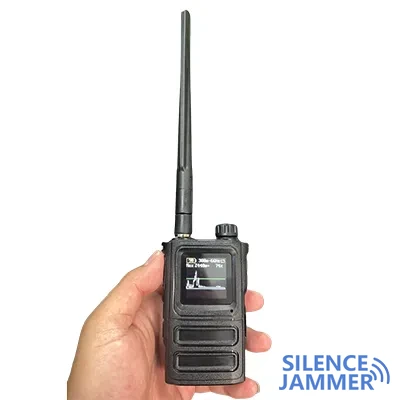On the modern battlefield, with the continuous development of radio jamming technology, countries are looking for effective countermeasures. Russia's recently launched fiber-optic drone successfully avoids traditional radio interference through a fiber-optic cable connection with the operator, opening up a new path for drone technology.
Ukrainian discovery: mysterious device reveals the secret of fiber-optic communication
In March 2024, Ukrainian military blogger Serhii "Flash" reported a new Russian FPV Kamikaze drone with an unusual design. In addition to carrying common warheads, it is also equipped with a hollow plastic shell containing a mysterious device. After disassembly, Ukrainian experts confirmed that the mysterious device was actually a roll of fiber-optic cable connected to a high-speed communication optical transceiver made in China. The cable is more than 10 kilometers long, which enables the drone to maintain stable communication with the ground operator through this optical cable while flying in the air, completely avoiding traditional signal jammer blocker.

The use of this technology surprised many experts. At a hackathon event of the Department of Defense, someone once proposed the idea of using fiber optic technology for drones, but many people were skeptical at the time, believing that it would be difficult to unfold such a long optical cable without breaking during flight. However, this Russian drone proved the feasibility of this idea and provided a new direction for the development of drone technology.
Historical background of fiber optic drones: from DARPA to modern battlefields
- In fact, fiber optic drone control is not a new concept. As early as the early 2000s, DARPA had developed a fiber-guided kamikaze drone under the "Close Combat Lethal Reconnaissance Program". Although the fiber optic link was eventually replaced by radio control, the feasibility of this concept has been verified.
- In recent years, although fiber optic controlled drones are still a niche technology field, their potential value cannot be ignored. Timbercon, an Oregon-based company, is an expert in this field, providing a variety of fiber optic products for drone control and video transmission, which can be customized according to specific needs. Although this fiber optic control technology has no widespread commercial applications, it has shown unique advantages in the military field, especially in the face of strong radio interference.
The future of fiber-optic drone control
Through fiber-optic connection, this Russian drone not only achieved a breakthrough in tactics, but also provided new ideas for the future development of drone technology. In modern warfare, with the upgrading of electronic countermeasures, fiber-optic drones may become a powerful tool to deal with radio interference.




